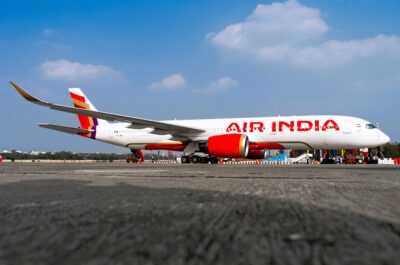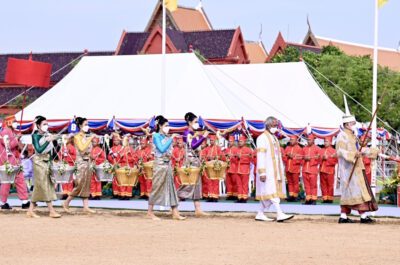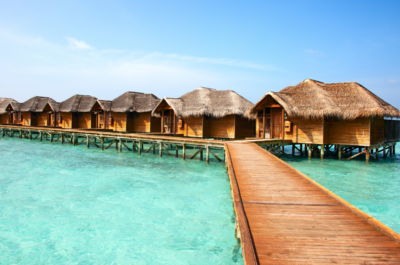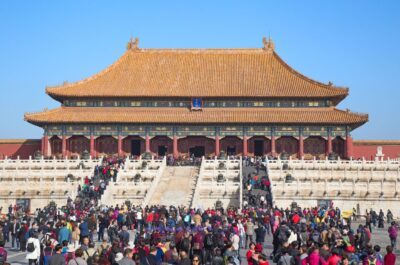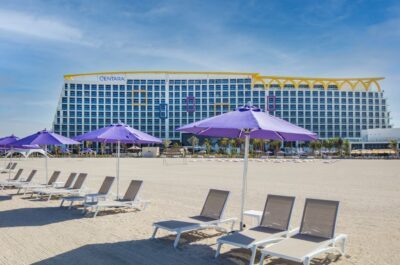The flash-flood threat following formation of an artificial lake along the Pareechu river in Tibet has hit the tourism industry in Himachal Pradesh, specially the tribal areas of Kinnaur and Lahaul-Spiti….
The flash-flood threat following formation of an artificial lake along the Pareechu river in Tibet has hit the tourism industry in Himachal Pradesh, specially the tribal areas of Kinnaur and Lahaul-Spiti.
The tribal areas in the state remain virtually dry with scanty rains during the monsoon season and melting of snow on high mountain passes makes it a paradise for tourists, trekkers and moutaineers.
The season from mid July to mid September is considered best by tourists and adventure sports lovers for a visit to the state`s tribal belt.
However, things are not at all rosy this year as tourists are scared by reports about impending flash-floods and the hotels in Rampur, Narkanda, Sarahan, Kullu, Manali and Peo are virtually vacant, a hotel owner in Manali, Surinder Pal, said.
The tourist occupancy in hotels is less than 10 per cent in certain areas, he claimed.
A large number of foreign tourists also visit these areas in groups and local travel and tour operators are usually entrusted with the necessary arrangements.
The tourists normally take up the route from Kullu and Manali to enter Lahaul-Spiti and Kinnaur through Rohtang or take up the Manali-Leh circuit. Similarly, the tourists taking up the Shimla, Rampur Kinnaur route proceed to Manali via Spiti and Lahaul.
The tourism industry, however, failed to earn much this season as travel to the state declined, specially in the tribal belt.
Theodore is the Co-Founder and Managing Editor of TravelDailyNews Media Network; his responsibilities include business development and planning for TravelDailyNews long-term opportunities.



















































